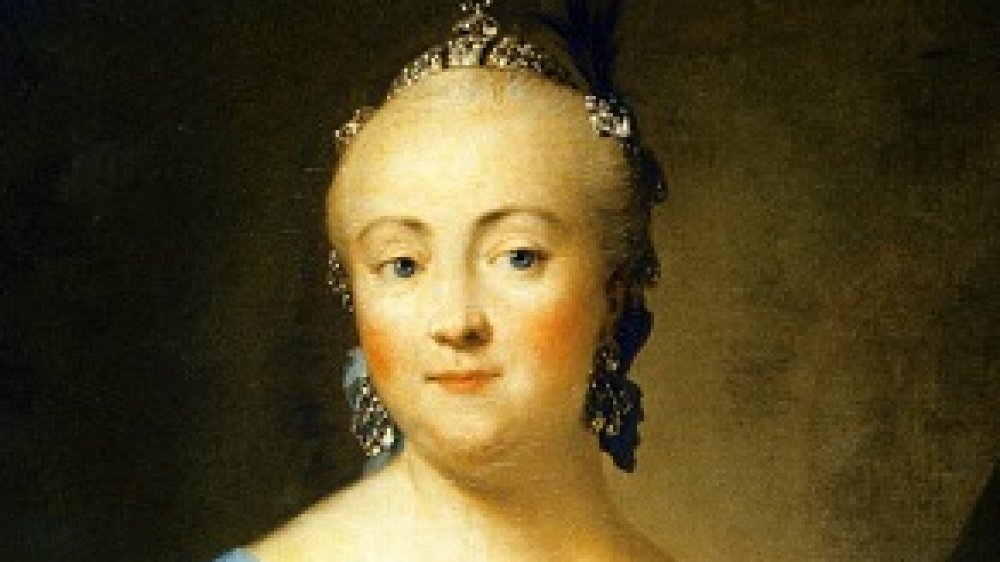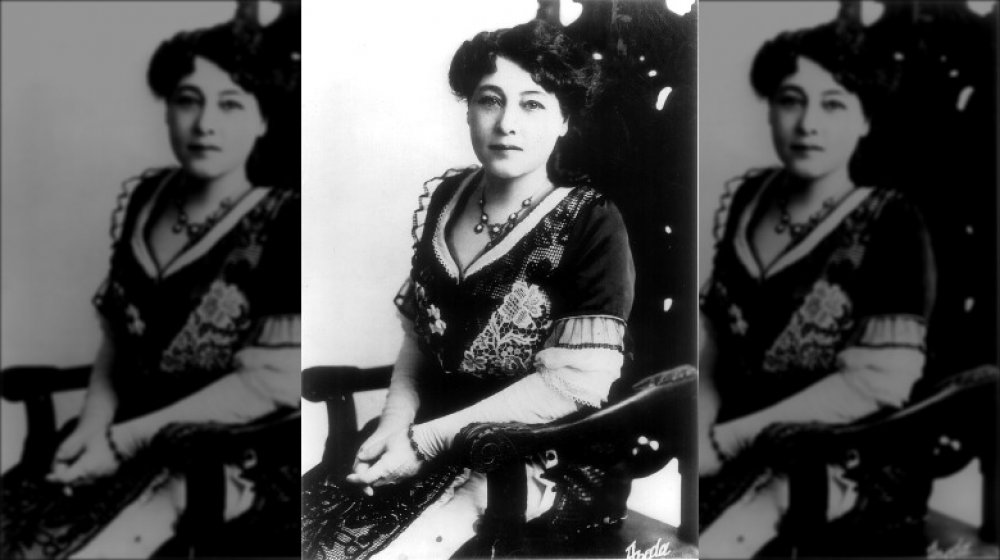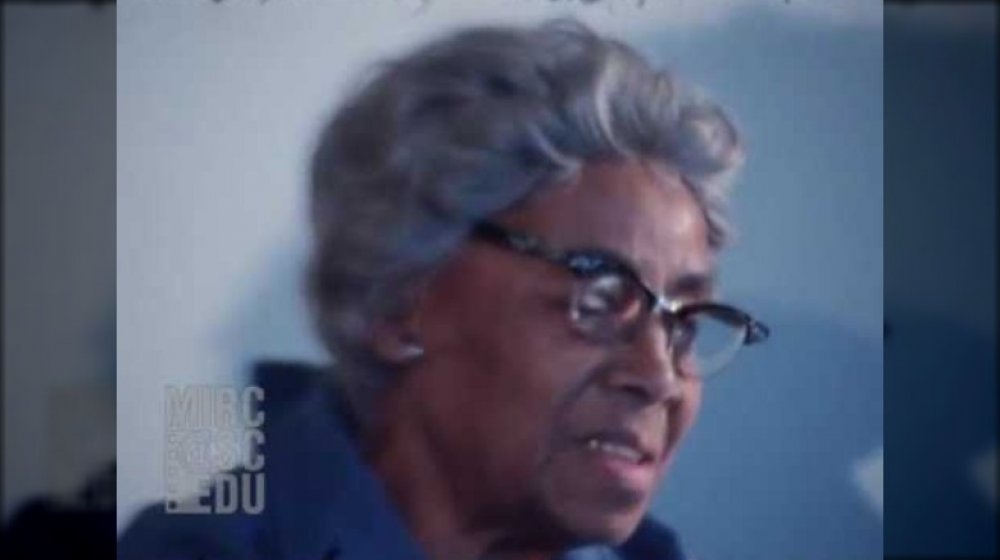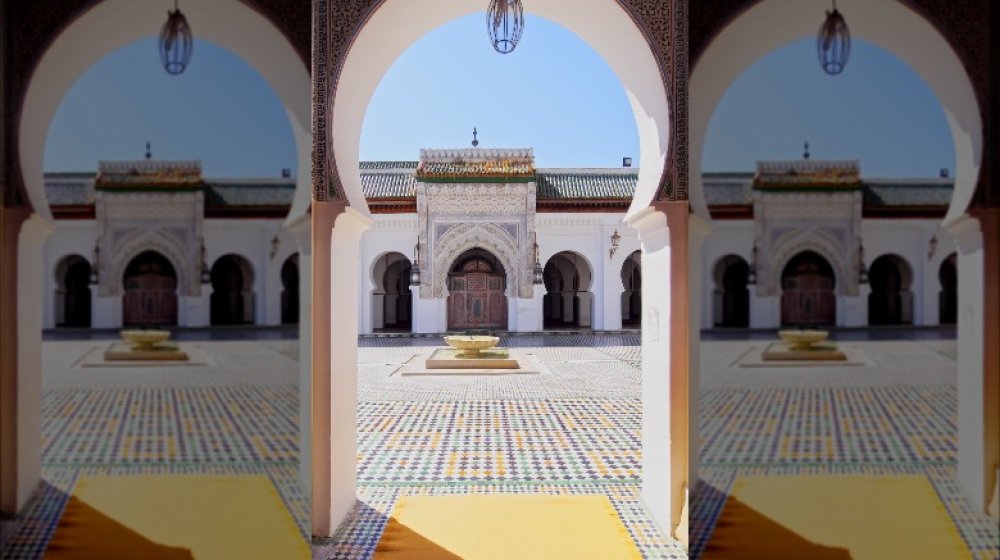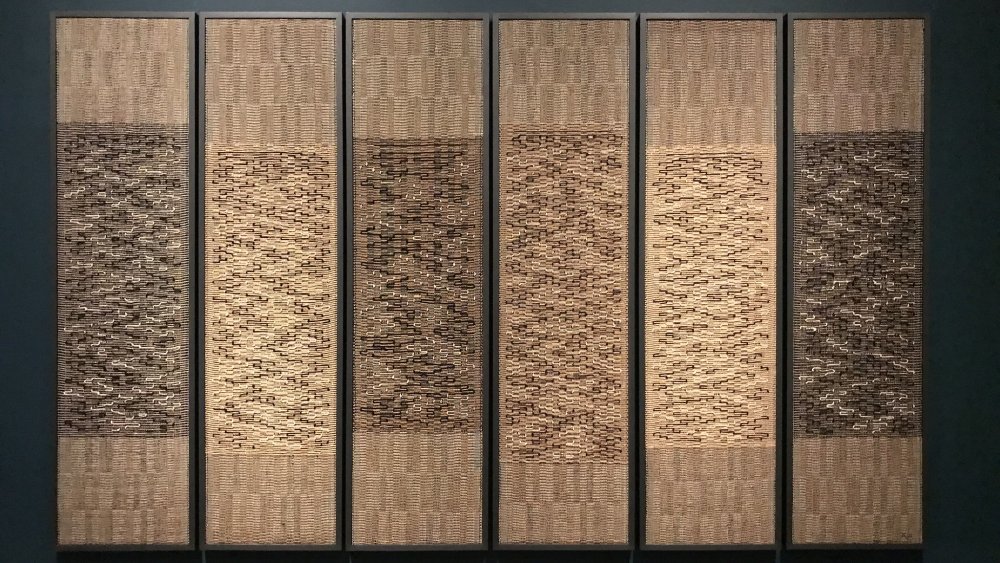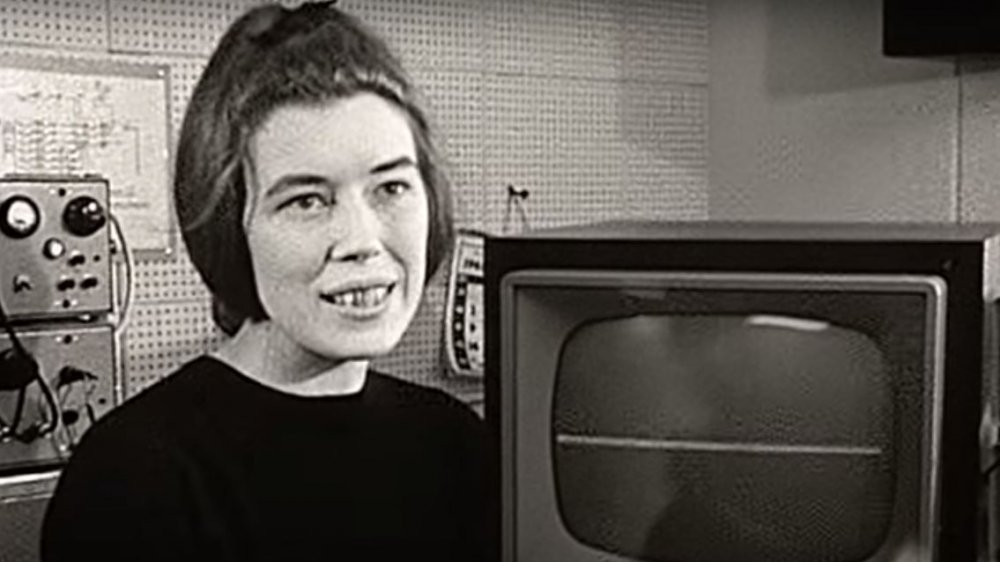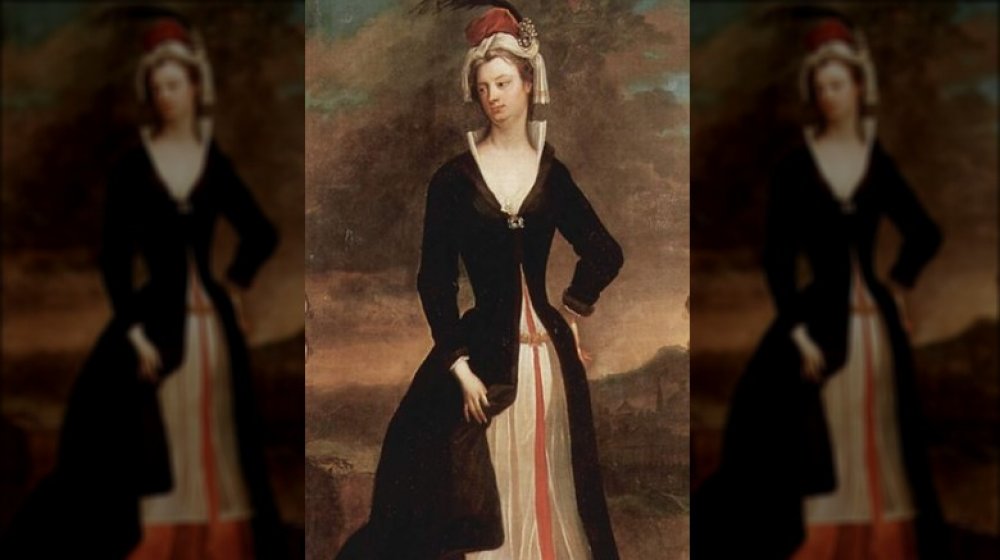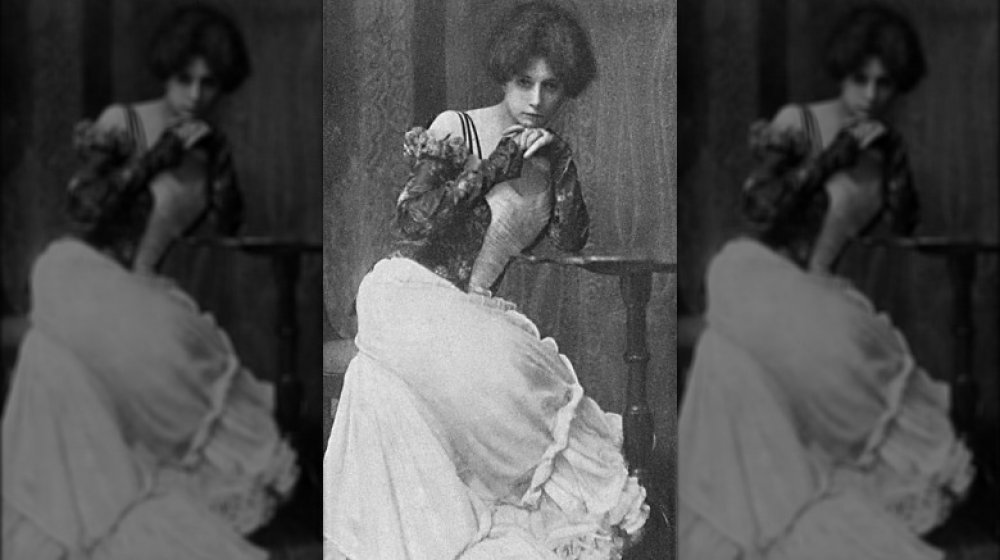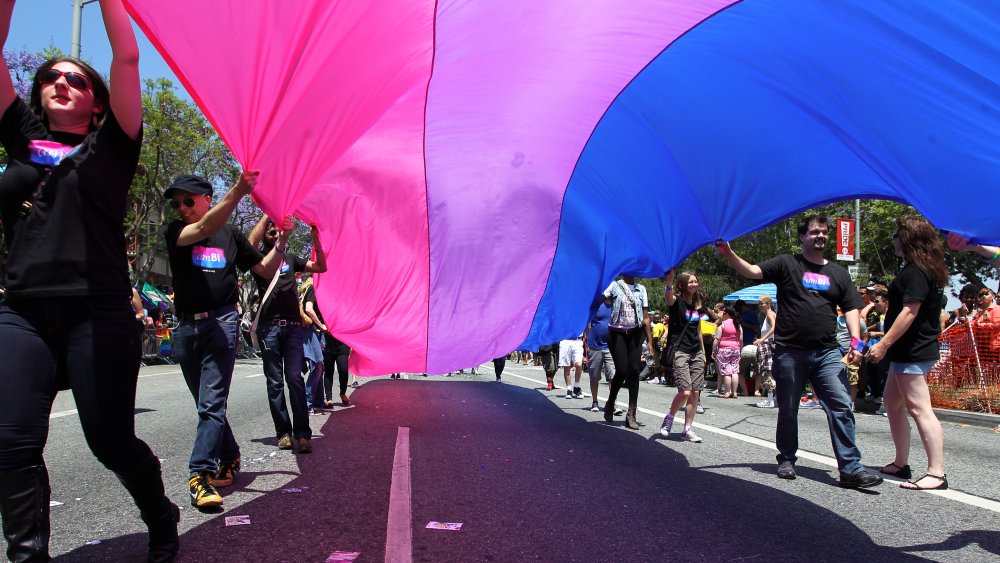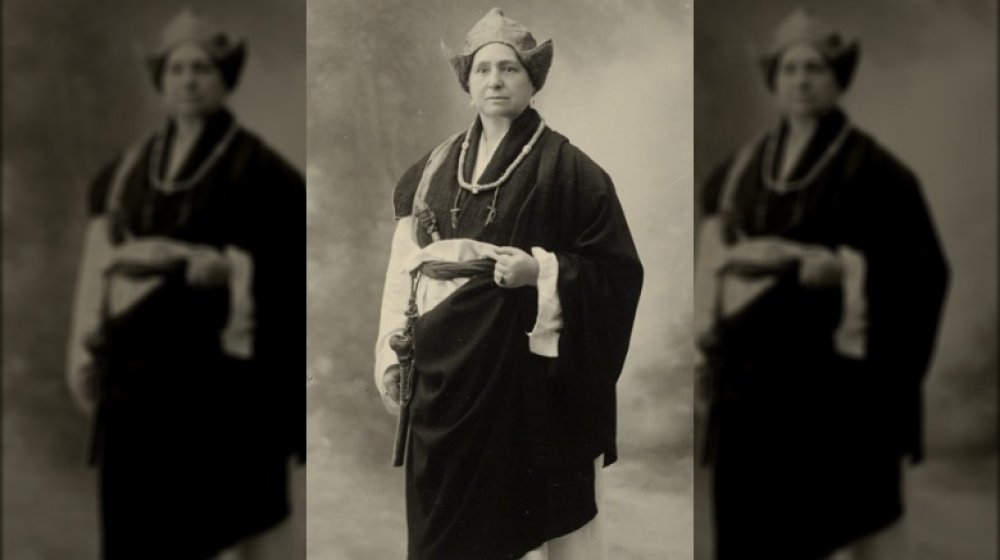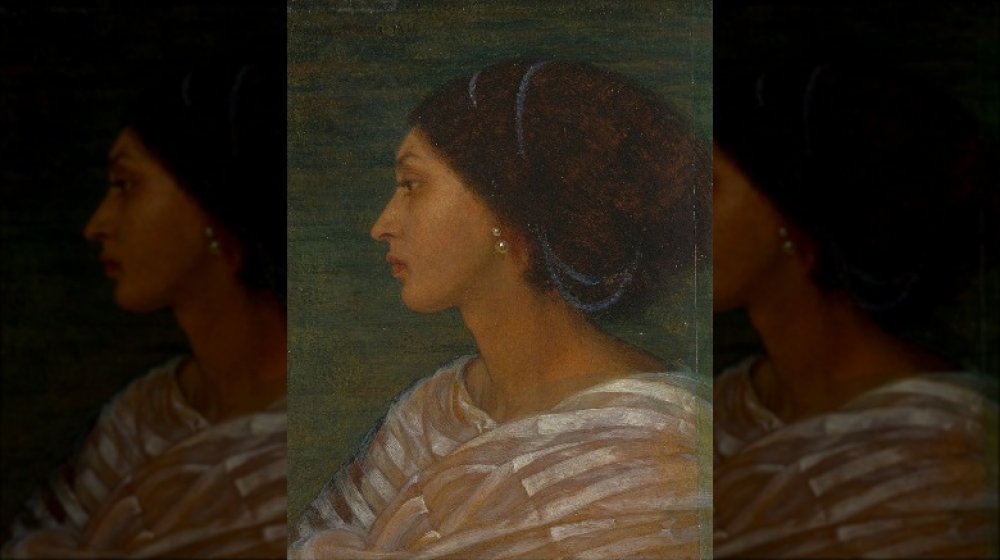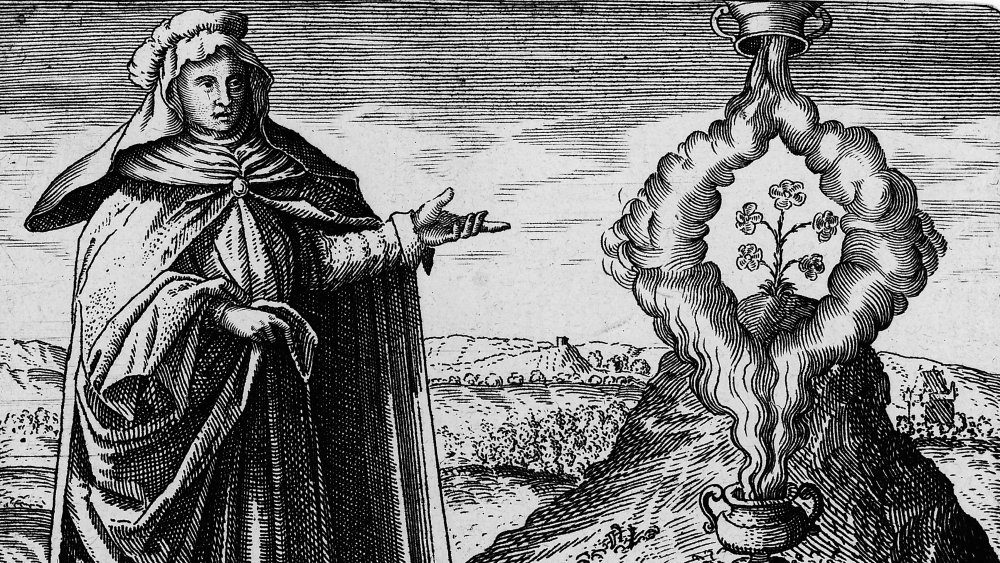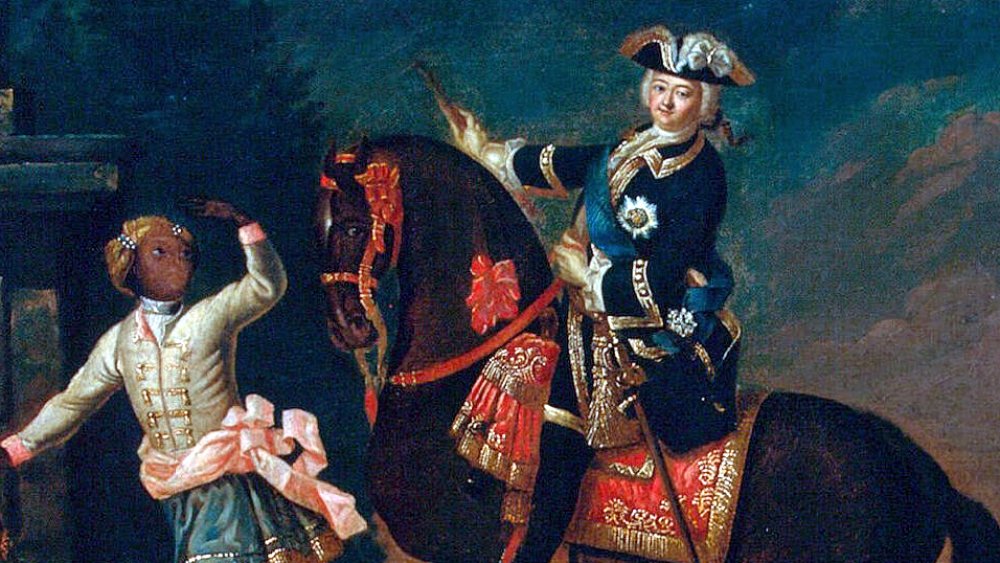Forgotten Women Who Changed The World
It's often said that history is written by the victors. A more-accurate statement might be "history is written by those with the dongs." Throw open a textbook, hurl yourself into a Wikipedia clickhole, or just google famous historical figures and you'll find yourself confronted with an endless parade of men. From guys like Julius Caesar and Napoleon, to more guys like Albert Einstein and Jackson Pollock, it often seems being a dude is the sole requirement to being remembered by history. While a handful of women like Marie Curie might slip through the Y chromosome net, it's hard to avoid the feeling that cultural memory is more often than not predicated upon what's in your pants.
Thankfully, absence of female pioneers in textbooks isn't the same as absence of female pioneers in history itself. From the ancient world to the 20th century, there are plenty of women who didn't just kick butt, but changed the world while kicking all those butts. Many of them have been forgotten or overlooked, but all of them deserve to be remembered.
Alice Guy-Blaché basically invented movies
In 1895, the Lumière brothers changed the way we see the world by making what are generally regarded as the first ever movies. Featuring trains pulling into stations and workers exiting factories, they blew the minds of all the old-timey folk who watched them. Among their number was Alice Guy-Blaché. But while most audience members were all like, "Wow, cool," Alice was all like, "Wow... I wonder how I could make that even cooler?"
According to Artnet, Guy-Blaché's answer was to take the basic tools the Lumière's had provided for capturing life and use them to tell stories. Her 1896 short La Fée aux Choux (The Cabbage Fairy) is almost certainly the first narrative film in history. But Guy-Blaché wasn't content to stop with merely creating a whole new type of storytelling. She was among the first filmmakers to use close-up shots, to utilize color, and to experiment with producing synchronized sound. All that stuff D.W. Griffith was telling people he invented in, like, 1915? Guy-Blaché had done it nearly two decades before.
Among Guy-Blaché's achievements was to make the first film using an all African-American cast, and to pioneer naturalistic acting. Yet all her contributions to film history were either ignored, or credited to her male assistants. Sigh.
Septima Clark sent civil rights mainstream
When talking about female pioneers in the civil rights movement, the first name to pop into most of our heads would be Rosa Parks. But awesome as Parks was, she's only known today thanks to a far-more obscure activist. Septima Clark has been called the "grandmother" of the civil rights movement. A teacher from South Carolina, Clark began working with NAACP as early as 1919. By 1945, she was winning civil rights cases in court. Come the 1950s, she was holding workshops that directly inspired attendees like Rosa Parks.
Biography has the details. Clark's first major victory came when she took the state to court for paying black teachers less than white teachers. Backed by the NAACP and Thurgood Marshall, she won the case, transforming hundreds of lives. But her most famous work came in the 1950s.
At the time, many states only allowed you to vote if you could prove you were literate — a sneaky way of disenfranchising tens of thousands of poor African-Americans. Rather than fight the literacy tests in court, Clark chose to open schools that would teach disadvantaged black people literacy skills. At the height of the program, over 800 schools were running across the South.
Fatima al-Fihri founded the oldest degree-awarding university
Pop quiz, trivia fans! What's the oldest degree-awarding university in the world? Nope, not Oxford. Nope, not the University of Bologna. It's the University of al-Qarawiyyin (above) in Fez, Morocco. Founded in 859 AD, the university predates the more famous one in Bologna by over 200 years. It's recognized by both UNESCO and Guinness World Records as the oldest such institution in existence (via Atlas Obscura). And it was founded by Fatima al-Fihri, a woman who was transforming society at a time most of the world considered the word "female" synonymous with "baby-making machine."
As Manchester University Press explains, there's very little we actually know about Fatima's life. She was originally from Tunisia, and had a wealthy dad, who left Fatima a vast fortune when he died. Fatima used this to found a combined mosque and education center. The education side of the center soon took over and, before anyone could say "record-breaking university," the University of al-Qarawiyyin had been born.
Fatima's claim to fame doesn't stop there. Although she'd passed on by then, it was students of her university who are credited with bringing Arabic numerals to Europe. Y'know, the same numerals we still use today when ordering far too many ill-advised tacos online.
Anni Albers created a whole new art form
When the famous Bauhaus school first opened its doors, it made a point of welcoming female students. This sounds great ... until you hear that the school's head honcho, Walter Gropius, did his utmost to ensure the "beautiful sex" only studied feminine subjects. When Anni Albers (née Fleischmann) enrolled, she found herself pushed by Gropius away from "boy" subjects like metalwork, architecture, and painting and toward the "girl" subject of weaving. But Albers didn't let this institutional sexism stop her from making her mark. Almost single-handedly, she used her time in the Bauhaus weaving workshop to create the entire concept of textile arts (via the Art Newspaper).
Albers' work in textiles was pioneering. She created weaving that acted more like walls, intertwining her discipline with that of architecture. By 1931, she was in charge of the Bauhaus weaving department. Under her watch it transformed from somewhere Gropius's so-called "beautiful sex" were stuck making kitsch tablecloths into the birthplace of an art movement.
Come 1949, Albers was so famous that the New York Museum of Modern Art arranged a solo exhibition of her work (you can see an example above). It was from this exhibition that the term "textile artist" comes. Hopefully, Gropius had the good grace to feel at least a little embarrassed.
Delia Derbyshire transformed electronic music
When Doctor Who first premiered in 1963, it became famous for its haunting, eerie theme tune. Credited to Ron Grainer, the theme is an early masterclass in electronic music, using strange sounds and spooky echoes to create the feeling of traveling through time. But it wasn't Grainer who was responsible for this pioneering piece of music. Although a talented composer, he'd written a very straightforward theme for a kids' show. It was Delia Derbyshire who transformed Grainer's music through the use of electronic sounds, creating one of the most iconic theme tunes in history.
But then, that was par of the course for Derbyshire, a musical genius whose genius was constantly dismissed by blowhard men. After graduating from university in the late 1950s, she applied to work at Decca Records, only to be told "the studio was no place for a woman" (via NPR). It was only dogged determination that got her a spot at the BBC Radiophonic Workshop, a place devoted to electronic experimentation. Derbyshire would push those experiments to their limit.
Using feedback and bits of tape stuck together, Derbyshire spent a decade creating eerie electronic soundscapes and sci-fi soundtracks. She did the score for the first fashion show to ever feature an electronic backing, and laid the basis for future TV programs like Miami Vice to take their music cues from. Without this one woman determined to work in a studio, male gatekeepers be damned, the whole history of electronic music would be different.
Lady Mary Wortley Montagu pioneered vaccination
If you ever need cast-iron proof that the olden days were unremittingly awful, just google smallpox. A horrific disease that killed about 30 percent of its victims and blinded, maimed, and disfigured the rest, smallpox spent thousands of years as humanity's biggest scourge. That it has been eradicated now is thanks entirely to Edward Jenner who, in 1796, developed Europe's first effective inoculation against smallpox ... or did he? Step forward, Lady Mary Wortley Montagu!
Born in 1689, Montagu was a woman with a special bone to pick with smallpox. According to the Wellcome Library, her brother had been killed by the disease and she herself had been badly scarred by it. While in Constantinople (now Istanbul), she observed that locals would deliberately place some smallpox matter inside their veins every September. That winter, there would be no outbreak. When Montagu left Constantinople, she was determined to bring the practice back with her.
As Time describes, she was fighting an uphill battle. England's physicians distrusted new treatments, especially those promoted by a woman. Still, Montagu managed to demonstrate the method's effectiveness by having her own children inoculated during an outbreak. Eventually, enough people were convinced that the king ordered trials on prisoners — likely Europe's first medical trials. Yet it wouldn't be until Edward Jenner introduced his version decades later that the practice would finally take off. Because, hey, sexism.
Zaida Ben-Yúsuf, the forgotten photographer
Breaking into any industry as a woman in the late 19th century was difficult. When the industry was once dominated by closed groups of men all high-fiving one another, forget it. But then Zaida Ben-Yúsuf wasn't the sort of person to let anyone stand in her way, let alone a bunch of entitled jerks. A British-born, half-Algerian working in America, Ben-Yúsuf tried to break into the closed world of photography with very little training. Yet her natural talent was so phenomenal that even the stuffy chauvinists running the show couldn't keep her out for long.
The Library of Congress has the story. At a time when professional female photographers were thin on the ground, Ben-Yúsuf was a member of the invitation-only Linked Ring group, and had her work exhibited in New York by the male-dominated Camera Club. Although famous for her bohemian portraiture, Ben-Yúsuf also worked in fashion photography, and produced documentary pictures of her own trips traveling Japan and the Far East. Oh, and she also once had former president Grover Cleveland and future president Theodore Roosevelt sit for her.
Sadly for Ben-Yúsuf, the male camera clubs she was involved with soon stopped exhibiting her work. Not that this stopped her from aiming for the top. After a period of writing for magazines and traveling, she switched her photography career for life as a high-powered fashion director.
Brenda Howard, the "mother of Pride"
Brenda Howard isn't a name that's known around the world, or even in her home city of New York. But every single person reading this has seen the evidence of her life's work, either in person or on TV. That's because Howard is credited with being the "mother of Pride." The LGBT+ parades, parties, and demonstrations that take place across the planet each year are all directly attributable to her.
LGBT+ magazine Them has the details. Howard was a prominent bisexual activist on the New York scene in 1969. Although she wasn't actually at the Stonewall Inn when police raided it, a whole bunch of her friends were, and Howard was as mad as anyone. That July, Howard organized a one month anniversary rally of the riot. The next year, she spearheaded the committee that planned the first Gay Pride Week, AKA the event that grew into modern Pride.
Howard was also instrumental in making sure that the B was in LGBT+. The epoch-shaking 1993 march on Washington was originally only meant to promote gay and lesbian rights. Howard fought tooth and nail for bi rights to be included, ensuring a fairer parade for people identifying as queer. She died of cancer in 2005, the same day as the NYC Pride parade — a sad but perhaps fitting end for a woman so identified with the movement.
Alexandra David-Néel: the greatest adventurer you've never heard of
When Alexandra David-Néel decided she wanted to travel, there was no force on Earth capable of stopping her. Born in France in 1869, at a time when "adventure" was for boys and "staying home looking pretty" was for girls, David-Néel upended what society thought women could do. Aged just 16, she ran away from home to travel the continent. By 21, she was going solo around India. But her greatest adventures came in middle age. In 1910, David-Néel set off on a journey to the East that was meant to last 12 months. It wound up lasting 14 years.
The list of places David-Néel worked and lived reads like a Dummies Guide to Adventure. She spent time in Nepal. In the mountain kingdom of Bhutan. In Japan. In China. Did we mention she got to these places by traveling overland from Europe?
Her most-impressive adventures involved Tibet. At the time, Tibet was a closed kingdom, not yet annexed by China. David-Néel sneaked across the border multiple times, ultimately becoming the first Western woman to visit Lhasa (via Tricycle Magazine). When she finally returned to Europe, David-Néel worked as a celebrated writer for the next 45 years. She died aged 100, never regretting a single moment of her adventurous life.
Fanny Eaton redefined beauty for an entire generation
Of all the women in this article, Fanny Eaton had by far the most stereotypically "female" job. She was a model, specifically she worked as an artists' muse in 19th century London. But don't let that fool you into thinking she was any less of a pioneer. Born from a Jamaican mother and a white father, she was proudly, defiantly black at a time when all British standards of beauty were seen through a lens of whiteness. Eaton not only challenged these assumptions with her work, she came to define a whole new standard for beauty.
As Another Mag documents, Eaton was a key muse for the British painting group known as the Pre-Raphaelites. This is important, because the Pre-Raphaelites were hugely influential. The Tate Gallery has called them Britain's first modern artists. A lot of their ideas of beauty were absorbed by the mainstream. With Eaton as a celebrated sitter, this meant millions of Britons getting their first glimpse of a black woman not simply as an exotic figure, but as a muse in her own right.
Eaton would work as a model for just a decade before retiring to take more menial work. Yet her career influenced a whole generation of artists within Britain.
Mary the Jewess, the first alchemist
There's a lot we still don't know about the life of Mary the Jewess. For example, how did she pick up her uncomfortable-to-21st-century-ears historical name? Were there really no other Jewish people called Mary kicking around? We also don't know when she was born, with ThoughtCo giving a range of anywhere from 0-200 CE. So, yep, the very definition of forgotten. But there is one thing we know about Mary. We know that she invented alchemy.
Alchemy, of course, is the much-discredited science of taking base metals and turning them into gold. There's a good reason you don't hear much about it these days, and that reason is that alchemy is bunkum. But you have to remember that, for a long swathe of history, no-one was able to distinguish between real science and fake science. As a result, the alchemy that Mary invented was studied by some seriously clever people, who would eventually use her insights to change the world in serious ways.
One of those people was Isaac Newton. Although he lived long after Mary died, he was obsessed with the "science" she created. It was while working on alchemy-related projects that Newton made his breakthrough that white light is composed of lots of different colors. Mary may not have lived to see it, but it was her creation of a pseudoscience that finally led to a real scientific revelation.
Elizabeth of Russia changed the course of European history
There's really only a certain level of forgotten you can fall to when your resume reads: "1741-1761, ruled Russia." But, still, Elizabeth Petrovna languishes in the Mostly Forgotten bin of European history. Which makes it all the stranger when you read how instrumental she was in shaping the continent. Elizabeth oversaw the Russian response to both the War of Austrian Succession and the Seven Years' War. But it was her actions in peacetime that really affected the world. It was Elizabeth who plucked a young girl named Sophia from obscurity and turned her into a future empress.
If you're all like "Sophia who now?", just know Sophia was a provincial nobody from what is today Germany. When Elizabeth asked Sophia to come to Moscow and marry her son, she made sure to rename the girl something more suitable. And that's how Sophia became the woman known to history as Catherine the Great.
The History Chicks podcast did two whole shows on why Catherine was so great, but the CliffsNotes version is that she modernized Russia. After Elizabeth died and Catherine took the throne (via a quick coup against her husband), Russia transformed. Out went the lawless country of yesteryear, in came a welfare net, a strict legal code, smallpox inoculation, and compulsory education. It was Catherine who built Odessa, had Russia fully mapped for the first time, and turned the country into a regional power. By choosing her successor carefully, Elizabeth changed European history.
